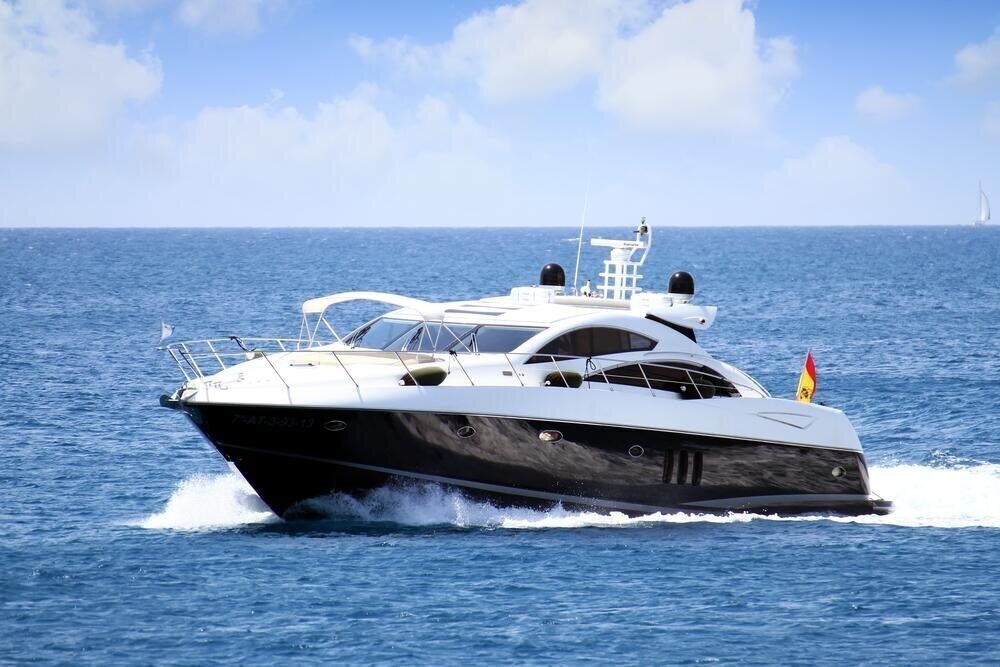
Transporting a boat—whether across the country or overseas—is no small task. Unlike other vehicles, boats require specialized handling, preparation, and logistics to ensure they arrive at their destination safely and without damage. That’s where boatshipping.net comes in: a professional service designed specifically to move boats of all sizes efficiently and securely.
In this article, we’ll explore what boat shipping entails, the types of transportation available, how to prepare your boat for shipping, and key considerations when choosing a shipping company.
What Is Boat Shipping?
Boat shipping is the process of transporting boats—ranging from small personal watercraft to large yachts—from one location to another using land, sea, or air. The method chosen depends on the boat’s size, weight, value, and the destination.
There are several reasons someone might need to ship a boat:
- Buying or selling a boat across state lines or internationally
- Seasonal relocation (e.g., snowbirds moving between states)
- Participating in boating events or races
- Moving a boat for repairs or storage
Regardless of the reason, professional boat shipping services ensure the boat is handled with care and delivered safely.
Types of Boat Shipping Methods
Overland Transport
This is the most common method, especially for boats up to 40 feet long. It involves placing the boat on a custom trailer and hauling it by truck. For boats over certain dimensions, permits and route planning may be required due to legal road limits.

Roll-On/Roll-Off (RoRo) Shipping
For international transport, RoRo is a cost-effective option. The boat is rolled onto a ship on its trailer and secured for the journey. This is typically used for boats that can be easily towed.
Flat Rack Shipping
This method involves securing the boat to a flat rack container that is then placed on a cargo ship. It is ideal for larger boats that don’t fit into standard containers.
Container Shipping
Smaller boats may be shipped in standard containers. This method offers extra protection from the elements and is usually cheaper than flat rack or RoRo shipping.
Float-On/Float-Off (LoLo) Shipping
Used for larger yachts and commercial vessels, this method involves floating the boat onto a semi-submersible ship. The vessel is then lifted out of the water and secured for shipping.
How to Prepare Your Boat for Shipping
Proper preparation is crucial to prevent damage and avoid delays. Here are the key steps:
- Clean the Boat: Remove dirt and marine growth. A clean hull makes inspection easier and ensures no invasive species are transported.
- Secure Loose Items: Remove or secure anything that could shift during transport—electronics, hatches, sails, and personal belongings.
- Drain Fluids: Reduce the weight by draining fuel and water tanks. This also helps meet shipping safety regulations.
- Disconnect Batteries: Prevent electrical issues during transport by disconnecting and securing the battery.
- Protect Fragile Parts: Wrap or cushion parts that could break, such as windshields, propellers, and antennas.
- Measure the Boat Accurately: Provide correct dimensions to the shipping company to avoid extra charges or logistical problems.

Choosing the Right Boat Shipping Company
When entrusting your boat to a shipping company, research is key. Here’s what to look for:
- Experience: Look for companies with a solid track record of transporting boats similar to yours.
- Insurance: Make sure the company offers adequate insurance to cover any damage that might occur during transport.
- Licensing and Credentials: Check for proper certifications, including DOT and MC numbers in the U.S., or maritime licenses for overseas shipping.
- Customer Reviews: Read reviews and testimonials to get a sense of the company’s reliability and customer service.
- Transparent Pricing: Get a detailed quote that outlines all costs, including fuel, permits, and additional services.
Final Thoughts
Boat shipping is a specialized service that makes it possible to move boats safely across long distances. Whether you’re relocating, selling, or just need to get your vessel from point A to point B, choosing the right method and shipping provider can make all the difference.





